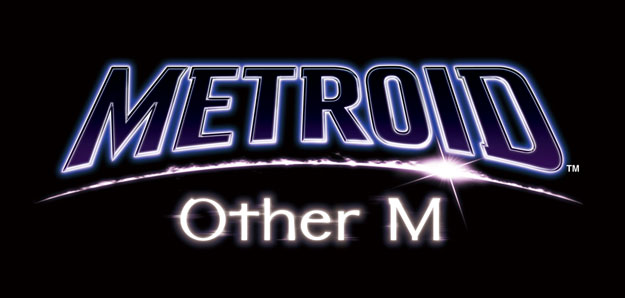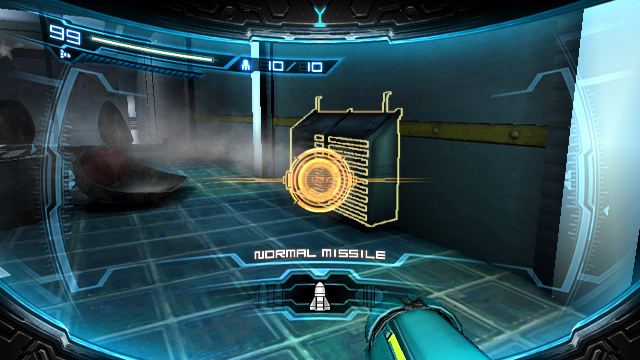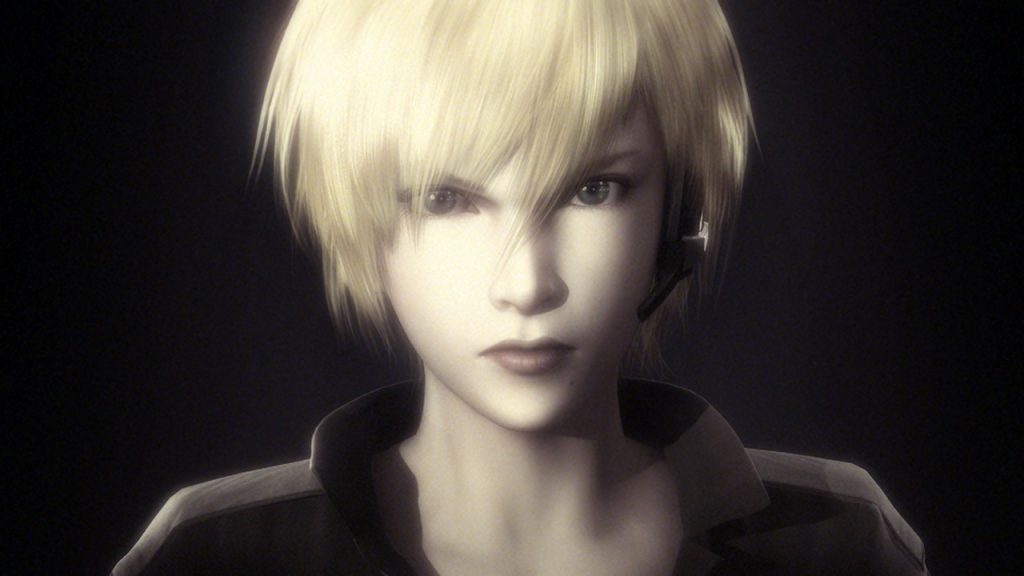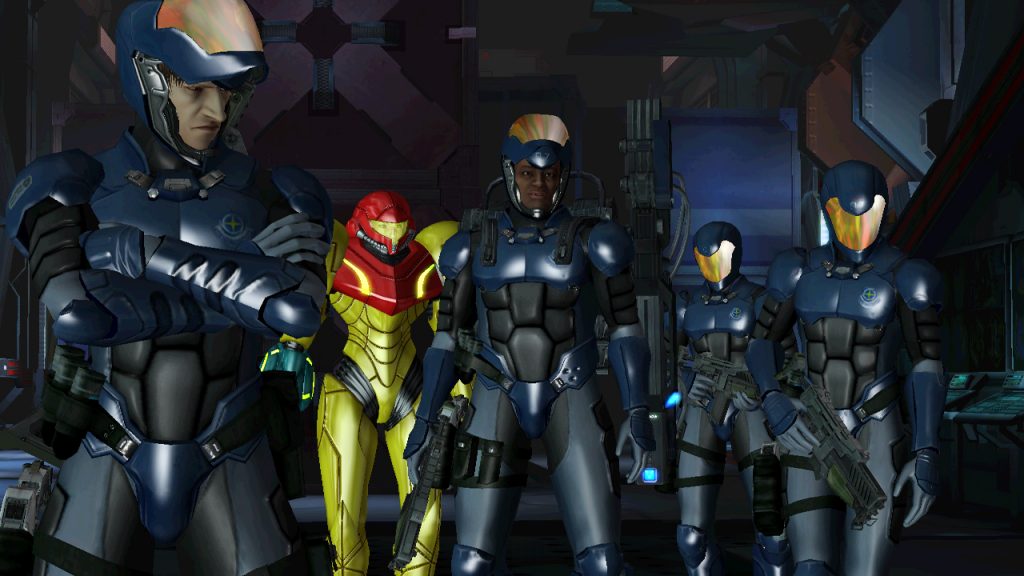Metroid Other M: by Asaic
Introduction
I’ve been a Metroid fanatic since the original game was released on the Nintendo Entertainment System. I’ve been here for the entire ride, so my perspective may differ from you younger players out there. I’ve had a strong fondness for the series since 1986, so it gives me great pleasure to review a brand new entry in the series.
Gameplay
Back when Metroid Prime was being developed, Nintendo claimed that Metroid just couldn’t be done in 3D from a third-person perspective. I knew that a third-person 3D Metroid could be done well despite their claims, and I’m happy to say that my hunch has finally been proven thanks to Team Ninja. Other M is fantastic.
Samus feels quick and nimble. Even the Smash Bros. incarnations of Samus feel sluggish now after playing Other M. The combat is quick, intense and stylish and feels great. It’ll test your reflexes and show you how powerful and agile Samus really is.
The game is somewhat challenging, as expected from Team Ninja, but nowhere near as challenging as their Ninja Gaiden games. I never had to re-fight a boss or mini-boss more than once in Other M; often the first time is to let you learn the telegraphed attacks, then you go back and finish the boss without too much trouble.
Other M’s auto-aim feature works well, favoring targets closest to Samus. Auto-aim doesn’t make the game too easy as the enemies are just as quick and nimble as Samus and many of them will dodge your shots even at close range. It would be impossible to fire at moving objects in 3D space without it.
The concentration factor to restore energy and all of your missiles is interesting. Despite preconceptions that it would make the game too easy, it’s pretty tough to pull off in the heat of battle, especially later in the game. Often it’s more of a risk to stop and recharge than it is to just keep dodging and shooting.
In addition to the excellent combat, Other M features the full exploration suite as per Metroid tradition. With fixed camera views, it’s quite common to find morph ball tunnels or blast-able panels hidden behind objects or out of general view. The trick is to scope around in first-person view when searching for hidden passages and items.
There are 80 items spread throughout the game. Some of them are so well hidden that you will wonder how the developers even thought of it. Other times it’s as simple as going into first-person view in an area that you normally wouldn’t, making you slap your forehead for missing such an obvious hiding spot. Some of them are pretty tricky to obtain, though it’s usually a matter of figuring out a single trick to reach each item.
While the game is relatively linear early on, it does branch out quite a bit later. From around the midpoint of the game, there are often two or more ways to get from where you are to where you want to be, so you get some freedom to choose your path.
Backtracking in the game is kept to a minimum in terms of areas you’re required to visit, but there’s nothing stopping you from exploring most of the time. There’s the odd locked door here and there, but that happens less frequently the further you progress into the game, and at the end the entire ship is available for you to explore.
Overall, I have to say that the gameplay is stellar. It’s Samus the way she should be fast, agile and powerful. The overall feel does feel like a 3D Metroid game to me (whereas the Prime games did not). I’m very pleased.
Graphics
The graphics in Other M are very impressive for a Wii game. It still can’t compare to a lot of modern HD games on other systems, but it’s top of the line for Wii. Samus is modelled well and has fantastic animations during gameplay.
In contrast, the text overlays and the menu/interface are downright ugly. Text overlays consist of single-colored fonts over a flat black background. It looks more like a temporary placeholder rather than a finished product. The same goes for the in-game menu and maps. These don’t make good use of color contrasts and edges are lost in the mix, resulting in it looking like a half-assed Nintendo 64 game.
The pre-rendered cutscenes look fantastic. Lots of effort went into this aspect. Samus’s power suit is almost too shiny. My only complaint with the pre-rendered cutscene graphics are that people’s body sizes and shapes are inconsistent, especially when compared to the in-game models.
Sound
The sound was a little disappointing. The sound effects from the game are mostly taken directly out of the Metroid Prime trilogy without any changes. The sound effects fit, but something brand new would have been more welcome. This is clearly one of the areas they used to cut down on costs.
The music in Other M is entirely orchestral, however its volume level is rather low compared to the sound effect and voice volume levels, so you don’t even notice it being there half the time. And none of it is memorable. After playing Other M for several days in a row, I can’t think of a single melody from the game right now. Sadly, none of the “jingles” from the 2D Metroid games have returned for Other M.
The voice acting is a bit of a mixed bag, though I’ve seen far worse. My only real nitpick with the voice acting is the voice for Samus herself. While the acting was mostly decent, the actress was just too gentle and girly. I find it difficult to swallow her girly lines immediately followed by her kicking a ton of ass in a very stylish flash of action.
Story
The story was quite acceptable. It didn’t blow my socks off but it was interesting and had a lot of tense moments. It was also a bit melodramatic at times, but that’s hardly unusual for a Japanese-written story. It was still entertaining from start to finish.
The story is quite detailed and generally fits with the back story established in the Metroid manga. This game also segues well into Metroid Fusion. Don’t take my word for it go play through Other M and then play through Fusion immediately afterward and you’ll see what I mean.
The story’s pacing fits well with the pacing of the gameplay. There are some lengthy cutscenes, but most of them happen at the beginning and end of the game. They’re relatively non-intrusive.
There is great atmosphere throughout the game. Despite being on this ship with artificial sunshine and a handful of soldiers and countless creatures to keep you company, there is still the ever-present feeling of isolation. There are a couple of over-arching mysteries being explored as the story unfolds, which adds a nice element of intrigue and suspense at various points in the game.
Replayability
Like previous Metroid titles, your first playthrough should last you a good long while and subsequent replays can be done in as little as two hours or less (speed runs). Afterwards you can play the game again with some specific changes (I don’t want to spoil anything) or just play it again normally. I found that playing it through a second time felt completely different now that I’m much better at controlling this super quick and nimble Samus. I’m really excited to do a speed run next and see how fast I can complete the game.
Conclusion
Ultimately, I love Other M. I wasn’t expecting to like a Metroid game produced by Team Ninja and I’m happy that my preconceptions were wrong. While it has its weak points, Other M’s strengths far outshine any negative aspects. It’s just so much fun to play and the story and atmosphere add another layer of fun on top of that.
If I were to rate Metroid: Other M out of 10, I would have to give it a solid 9. If they could have polished up the interface and given Samus a more accurate voice, this would have been much closer to a 10.




